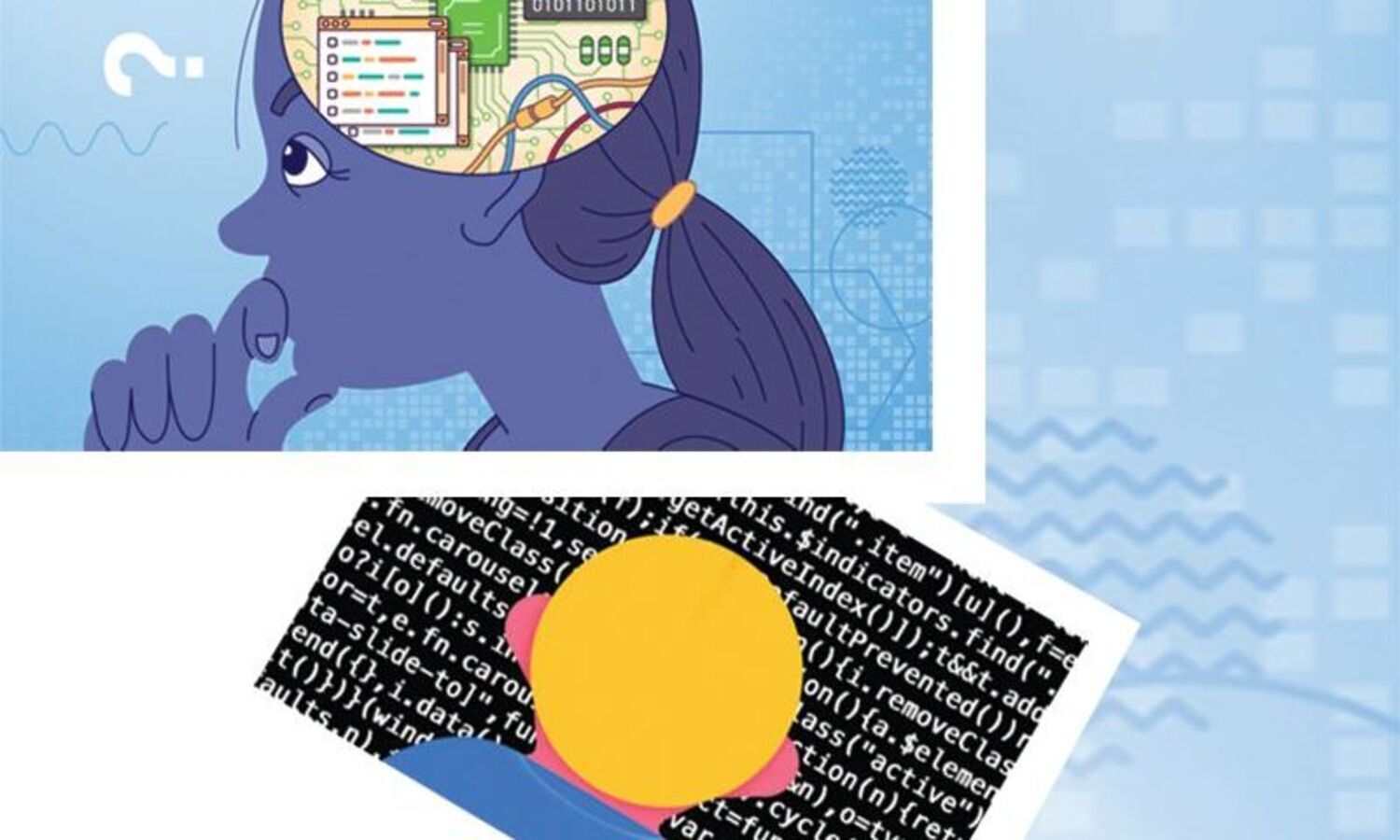
Dinesh Lahoti
Founder, Edugenie
[email protected]
This section will carry everything related to Science, Technology, Engineering and Maths (STEM).
Among the different thinking skills enlisted by several educational research organisations, one of the key skills that is highly sought after is computational thinking.
Computational thinking is a process where a problem is analysed and solved so that a human, machine, or computer can effectively implement the solution. It involves using strategies to logically organise data, break down problems into parts, interpret patterns and designs, and implement algorithms to solve problems.
There are several ways to develop this skill. But, if you wish to start building this right at the primary school level, then block programming holds a key to your concern. Block-based coding utilises a drag-and-drop learning environment, where programmers use coding instruction “blocks” to construct animated stories and games. It’s an entry-level activity, where kids can gain a foundation in computational thinking through visuals as opposed to coding that is based in text.
When we mention “blocks”, it is a way to describe the “chunks” or “pieces” of instructions a user is putting together in order to tell their creation what to do. For example, Scratch programming is block-based, and is one of the most popular options when it comes to kids’ coding languages. Blocks in Scratch are defined as motion blocks, look blocks, and sound blocks which have functions as their names suggest.
Blocks provide a valuable learning experience, with kids quickly realising that their programmes will only do what they tell them to do, and will only run code in the order it was “written”. With block-based coding in a programme, kids can let their imaginations run wild, creating any number of characters, and bringing those creations to life with animation and storytelling.
One important thing that block-based coding allows for is a more tangible coding experience for young learners. Not only on-screen, but also something kids can hold in their hands with some cards for a physical and visual representation of different coding concepts and lessons.

